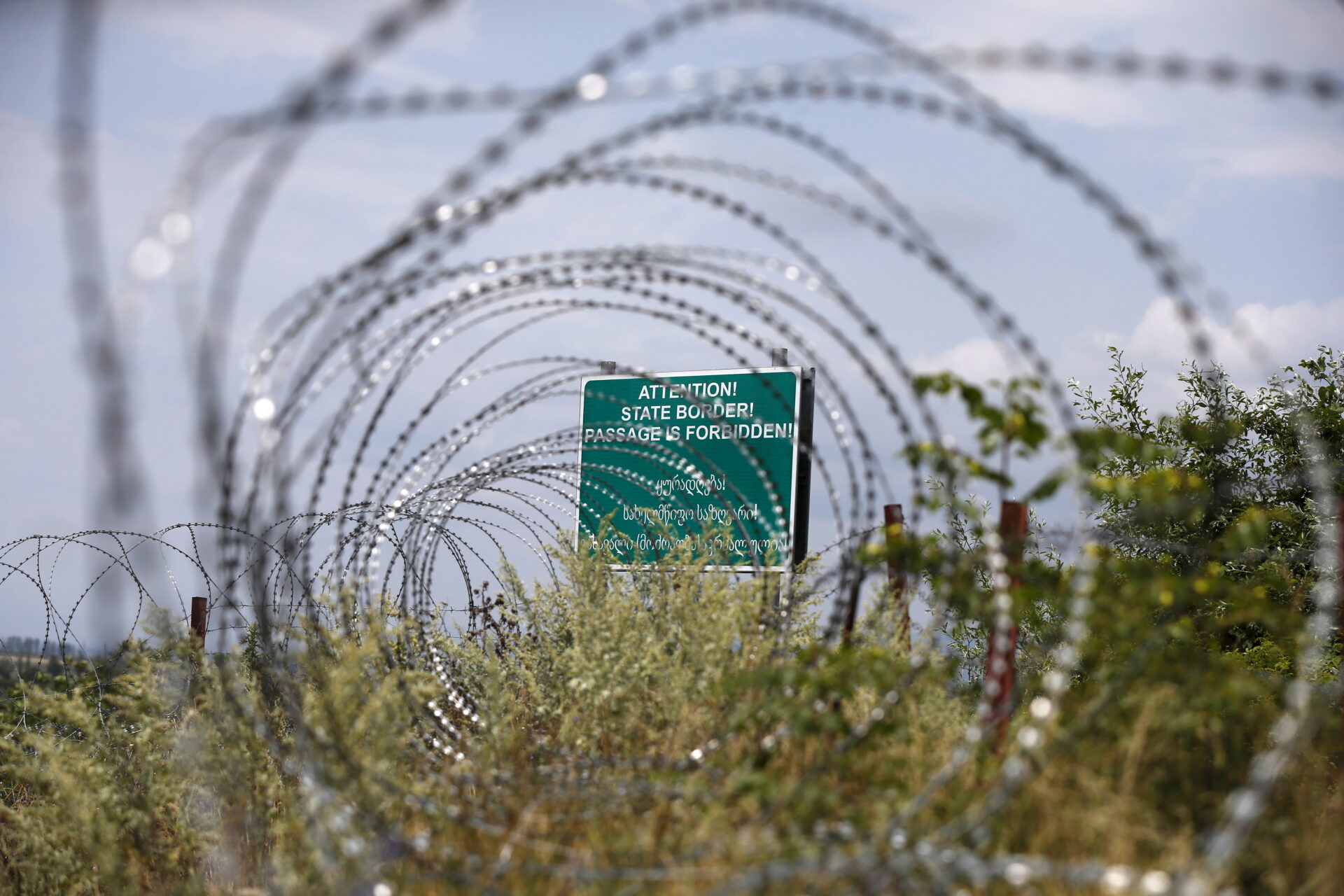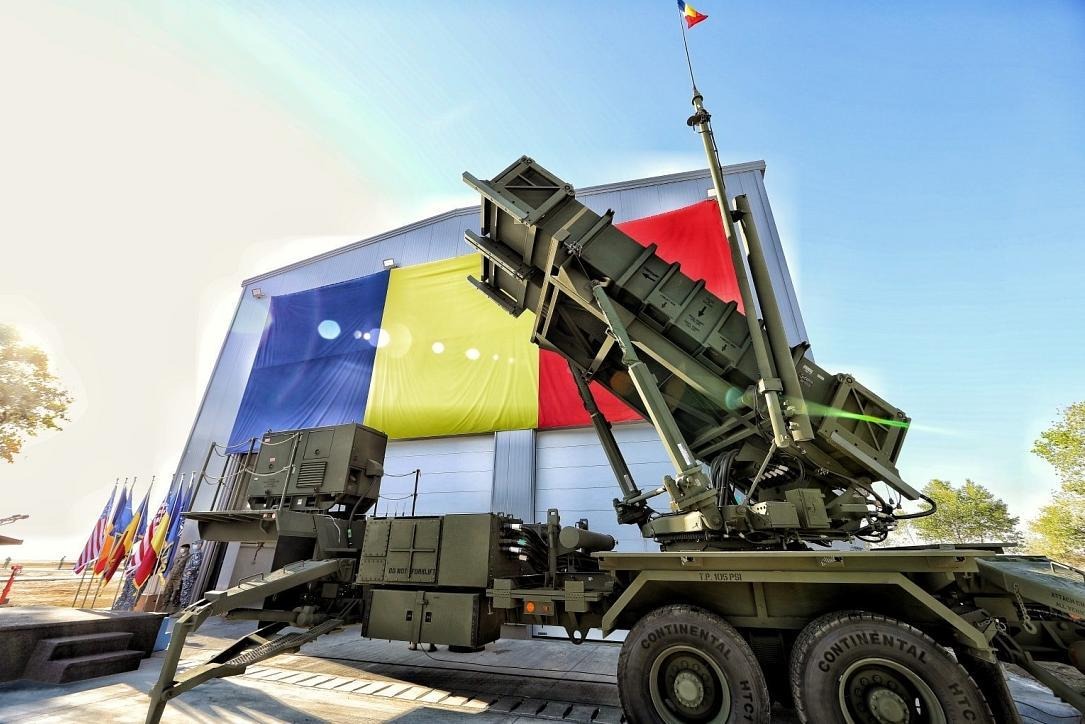
Russian ‘Bomb’ Ticks in the Geographic Center of Georgia
Russian ‘Bomb’ Ticks in the Geographic Center of Georgia
On August 30, five young Georgian citizens, detained by Russian service members for “illegally crossing the state border of South Ossetia,” were released from a Tskhinvali jail after having paid a fine of 2,000 Russian rubles ($29.61) (Civil Georgia, August 31). The youths had been traveling to the Truso Gorge, which is outside the occupation line, within Tbilisi-controlled territory. Gia Bagdoshvili, Mzia Gomuri, Vakhtang Gubeladze, Beka Magradze and Ketevan Magradze were transported across the checkpoints, from Tskhinvali to Tbilisi-controlled territory in the village of Ergneti, on the boundary line (Civil Georgia, August 31).
Ergneti is located in the geographic center of Georgia, just a few kilometers from the strategically important Tbilisi–Poti (East-West) Highway, which connects eastern Georgia, Azerbaijan and Armenia with Georgian Black Sea ports. Russia’s military base in South Ossetia, housing 4,000 soldiers and heavy equipment, is also nearby. Moreover, Russian border guards subordinated to the Federal Security Service (FSB) are stationed only 450–500 meters from this busy roadway (see EDM, July 10, 2017).
The dividing line is regularly redrawn by the occupation forces of South Ossetia in a process popularly known as “borderization” (see EDM, October 2, 2013; December 2, 2013; July 20, 2015). The boundary is artificial and effectively did not exist as anything other than an administrative line prior to the 2008 Russian-Georgian War, which de facto separated South Ossetia from the rest of Georgia. Consequently, hundreds of Georgian citizens are annually arrested and transferred to detention in Tskhinvali for crossing this “border” without official permission. While in custody in South Ossetia, they often endure various humiliations, beatings or other torture (Civil Georgia, March 21, 2018).
Arrests on the occupation line are just one of the “hybrid”-style instruments developed by Moscow to exert pressure on Georgia. But this method can lead to even more consequences if the Russian-Ossetian forces decide to toughen it. For example, the current penalty of 2,000 rubles, could always be substantially increased. Furthermore, the occupation forces might decide to start initiating criminal cases against Georgians arrested for the “illegal crossing of the border” and send them to prison for years, instead of usually letting them go free with only an administrative fine. Under such an outcome, unable to secure the release of its own citizens, the Georgian government would find itself in a seriously precarious position domestically.
The European Union Monitoring Mission (EUMM), introduced to observe the situation on the occupation line in 2008, after the “Five Day War,” notably lacks the authority or leverage to actually influence the situation on the ground. In 2009–2010, Russian snipers killed about a dozen Georgian police officers at the “border” (Amerikiskhma.com, May 7, 2010). But as David Avalishvili, an expert with the independent analytical news agency GHN told this this author, when members of the EUMM protested to Moscow, they received a cynical reply: The Russian government claimed that the EU mandate in the region is limited only to watching the Georgian troops, and not the actions of the armed forces of Russia and South Ossetia (Author’s interview, September 2).
Today, evidence increasingly suggests the Moscow-backed separatist regime in South Ossetia is pushing to wholly annex Truso Gorge and the Kazbegi District from Georgia (Infonews.ge July 22). Indeed, former separatist leader Eduard Kokoity is apparently readying to return to power in South Ossetia; and he has repeatedly alleged that Moscow deterred him from occupying Truso and Kazbegi during the August 2008 war, after the West intervened in the conflict (GHN, April 26). If the South Ossetian separatists decide to make a move now, will Russia choose to restrain them again? Or, conversely, will Moscow actively assist Tskhinvali this time?
Russia does not hide its displeasure at Georgia’s continued efforts to move closer toward the North Atlantic Treaty Organization (NATO) (see EDM August 9). And in the 2018 Brussels Summit Declaration, the heads of state and government of the 29 members of the North Atlantic Alliance reiterate the decision made at the 2008 Bucharest Summit that Georgia “will become a member of the Alliance, with MAP [Membership Action Plan] as an integral part of the process” (Nato.int, July 11).
Moreover, the United States Armed Forces’ European Command (EUCOM) coordinates annual multinational military exercises in Georgia—Noble Partner and Agile Spirit—which feature combined joint operations and interoperability. This year’s Noble Partner exercise (held August 1–15) was the largest to date, both in terms of the number of participating countries and the hardware and personnel involved (1,300 Georgian, 1,170 US, and around 500 other countries’ personnel) (see EDM August 8).
In the past two years, the US Army shipped Abrams tanks, armored combat vehicles, helicopters, and other heavy equipment from Europe to Georgia for these exercises (see EDM August 8). This equipment moved by rail and other means of transportation across Georgia, close enough in one segment to the occupation line with South Ossetia that Russian military and border guards were able to observe it with binoculars (Svoboda.org July 29).
Some experts believe that the regular military activity in Georgia involving the US and other NATO members is the only thing that prevents Moscow from escalating its confrontation with Tbilisi and employing more destructive methods of “hybrid war.” According to military scholar Vakhtang Maisaia, “The Russian leadership does not know how the West will react this time to renewed aggression, especially considering the frequent military maneuvers [by the US and other NATO allies] and the transfer of [US] Javelin anti-tank missile systems to the Georgian army” (Author’s interview, September 2).
GHN’s analyst Avalishvili argued that much will depend on President Vladimir Putin’s priorities: “Currently, the Russian autocrat is focused on Syria and Ukraine. […] If Putin fails there, he may need ‘a small successful war’ to be rehabilitated in the eyes of Russian society. And Georgia could become [Moscow’s] next victim as the ‘weak link’ in the pro-Western coalition within the post-Soviet space” (Author’s interview, September 2)
Whether or not Russia decides to blow up the “bomb” it laid in the center of Georgia depends on the diplomatic and military-political activity of the West and the readiness of Georgians to fight for their independence (see EDM, February 15). But the risks are increasing.
The last two decades strongly suggest an invariability to Putin’s strategy—to seek and find weak and vulnerable points in US and EU foreign policy. In 2008, he found such a weakness in Georgia (see EDM, August 9).


